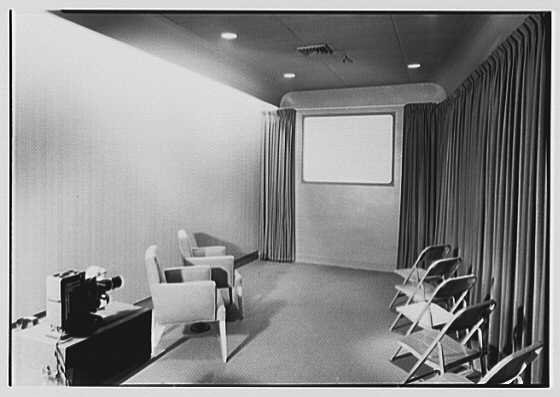
We often discuss current issues on this blog, but it’s important to remember our roots. Sometimes when you look back at history, it can inspire ideas for the future. At the very least, you’ll learn something. This week, we’ll cover the 1940s.
As World War II came strolling along, FM radio was shelved, bringing manufacturing to a halt and radio activity ultimately stopped. And though radio survived after a rough few years during the war, the victory of this story goes to the television. By the mid-40s, TV was still an extremely minor factor in the advertising world, but as the years went on advertisers and businessmen alike began to see the potential in this amazing tool.
Radio Corporation of America, better known as RCA, invested $10 million in TV and had yet to see any return on their investment. When we entered WWII, TV played host to eight stations, which broadcast to around 10,000 television sets on the East Cost. But by the end of WWII, most of those eight channels were outdated. The FCC ruled that black and white TV could proceed on a commercial basis, but color TV had to go through more scrutinizing research. A VP from Campbell-Ewald urged agencies to get prepared for video as a new ad medium.
In 1944, NBC and Gillette staged the first TV sports program, Calvcade of Sports, which had evolved from radio. It was estimated that 150,000 viewers were watching that night. Below is a later version of the opening theme, but you can see how much time was devoted to sponsorship:
By October 1945, the US government lifted the ban on creation of TV stations and TV sets. Applications for station licenses were through the roof within the next 4 years. By the time the Allies claimed victory in the war, there were only 7,000 working TV sets and 9 stations running successfully — in New York, Chicago, Los Angeles, and Philadelphia.
RCA held its first live demonstration of the new TV camera in the same month, showing a sharper imagery than what most viewers were used to.
Near the end of 1945, CBS began the Television Audience Research Institute. Advertisers were able to go and make use of the TV personnel and studios. They could create new techniques of commercial videos, and they would test those techniques to see how effective they would be during actual broadcasting.
Sponsorships were really picking up steam by the end of the 1940s. Getting financial support for an organization brought the advertisers out from the rocks they had been hiding under and into the TV advertising playing field. The New York Ad Club and the Advertising Federation of America created the Advertising Hall of Fame.
TV paved the way for some of the best advertisers of the time. If they only knew what that small 8-12 channel TV set was to become, they would have never put a ban on something so crucial to the development and advancement of both the industry and the economy.
Stay tuned for what will go down in the 1950s.